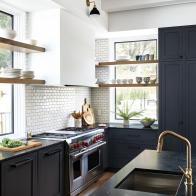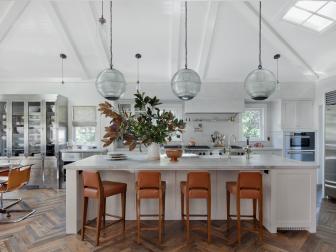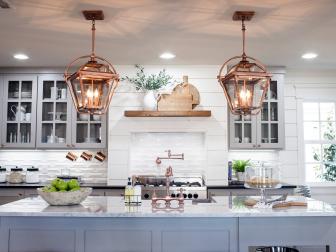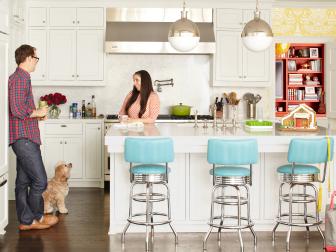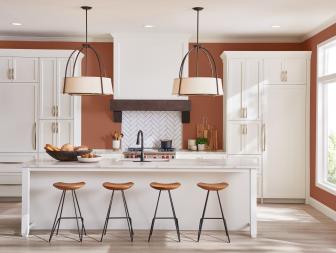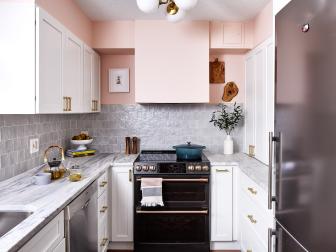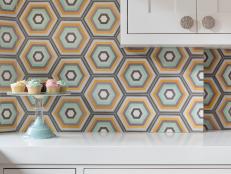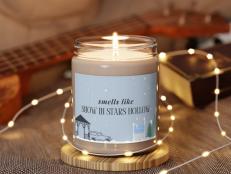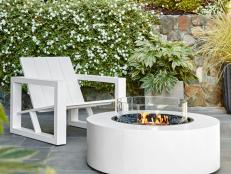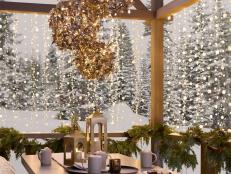How to Choose the Best Light Fixtures For Your Kitchen
Check out these pro tips for layering the four types of lighting in your kitchen redesign.
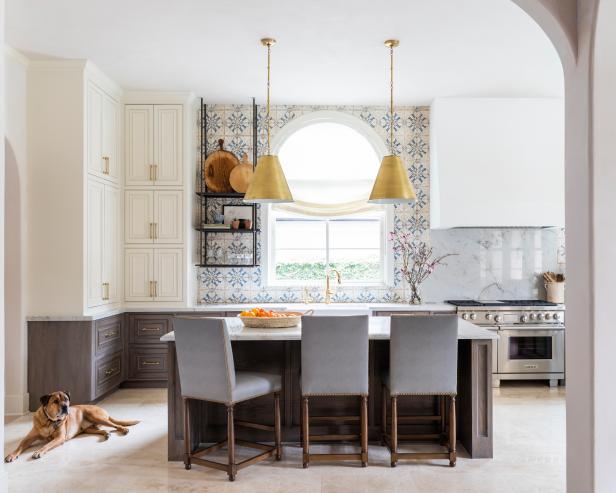
The way we light our home environment, and specifically the kitchen, affects the functionality of the space and how we feel when we’re spending time there. Despite this, "lighting is often the last thing considered in a [kitchen] design and the first thing cut from a budget," says Randall Whitehead, a nationally known designer and expert author on the subject of residential lighting. But to look its best and function well, a kitchen must be properly lit, and that involves more than just specifying stylish kitchen fixtures. A good plan blends lighting into the architectural and decorative details of the room.
50 Stylish Light Fixtures for Your Kitchen 51 Photos
Illuminate the heart of your home with jaw-dropping kitchen lighting ideas that'll elevate your style.
“Oftentimes, people simply accept the lighting that’s there and don’t think about changing it to improve the space,” says Randall. “People are entertaining more at home than they used to, and the kitchen is the center of that entertaining,” he adds. As for the lighting in that space, he suggests that “people are drawn to lights like moths to flames.” But most people don’t understand why they’re drawn to light. The secret? The way lighting is layered in the space.
The Four Layers of Kitchen Lighting
In a kitchen, there are four key layers of light that are all necessary to properly illuminate the space. There’s no such thing as a light fixture that covers all the bases: illuminates under cabinets, provides light over the island and gives cabinets a glow. Some fixtures may overlap their lighting duties, but to illuminate a kitchen in a way that maximizes the form and function of the space, the first step is to understand the layers.
Task: This lighting illuminates workspaces, such as countertops where you’re prepping food or inside a pantry closet, so you can see what goods are stocked on the shelves.
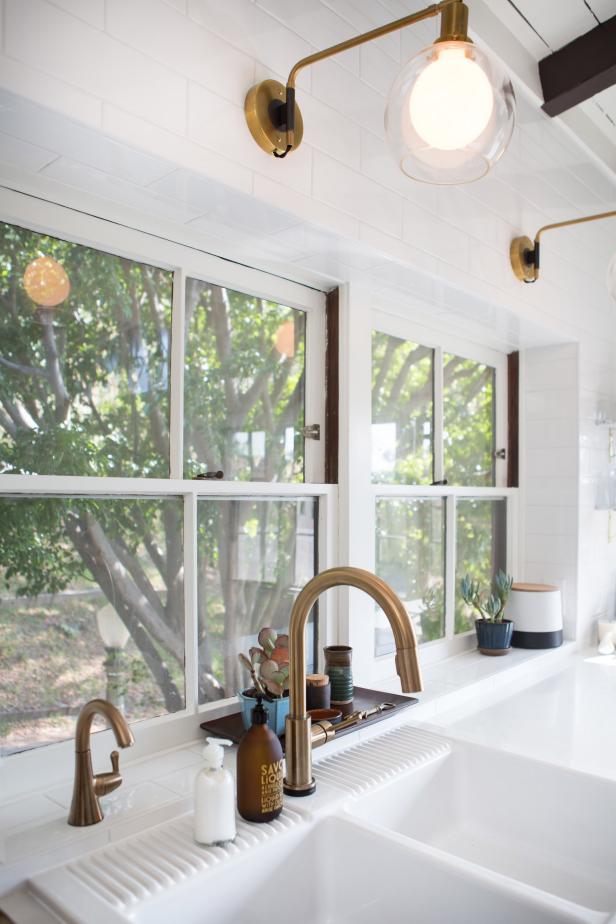
Erika Bierman
Accent: This highlighting adds depth and dimension to the environment. Examples include: recessed, adjustable fixtures and track lights.
Decorative: This is the eye candy in a kitchen, or what Whitehead calls, “architectural bling.” The purpose of decorative lighting is to add interest to a space. Examples include: chandeliers and candlestick-type wall sconces. While decorative lighting does illuminate the space, its main objective is bringing attention to itself.
Ambient: This gentle light fills the room and bounces off the ceiling. You’ll get this effect from pendant-hung indirect fixtures, opaque wall sconces and torchieres. “You want that opulent layer of light — an even pool of light that gives you a base layer,” says Jeff Dross, director of education and industry trends at Kichler Lighting, referring to this as “general lighting” or the opulent layer. Recessed lighting can accomplish this, as well.
Unfortunately, no single layer of light can stand alone. If you only use ambient light, the people will look great since shadows are softened, but the downside is what Whitehead calls a “cloudy day effect” because there’s no depth or dimension. “There is no real visual interest,” he says.
If you only incorporate accent lighting, you’ll get a museum effect. “You light every object in the space, but friends and family fall into the darkness,” he explains. “You’re telling people that what you own is more important than them.”
A room with just decorative lighting distracts the eye. “How many dining rooms have you seen where it’s one chandelier over the table and that’s it?” Whitehead asks. “You can’t see Aunt Edna at the other end of the table because she is lost in this supernova of illumination.” In other words, only installing decorative lighting is a big don’t.
Feeling daunted by the light layering process? Rest assured, no matter the size of a space, four layers of light can easily be incorporated. “A lot of times, fixtures can provide more than one function,” Whitehead says. “Like in the kitchen, the pendant lights are decorative, but they throw light up on the ceiling, so they are an ambient light source as well.”
75 Dazzling Kitchen Pendant Lights 75 Photos
A great way to bring a new look into your kitchen is to refresh the lighting. Check out these kitchen pendant lighting ideas that can make a big impact on your space.
Light Up the Mood
Draw people into the kitchen with these lighting strategies.
Think outside the kitchen: With today’s open floor plans, your kitchen lighting is consequential to adjacent areas of the home. When shopping fixtures, Whitehead suggests asking: “How does this fixture relate to the other rooms you see from the kitchen? You want it to relate, but it doesn’t have to match,” adding that coordinating finishes is important. If the rest of your home’s fixtures are bronze, go bronze in the kitchen. “That makes the fixtures relate to each other, so you are seeing the open space as a whole.”
Pick pendants that pop: Forget dinky pendants over the island. “Fixtures are being more overscaled,” Whitehead says. He recommends a layout for two larger pendants or one statement pendant over the island.
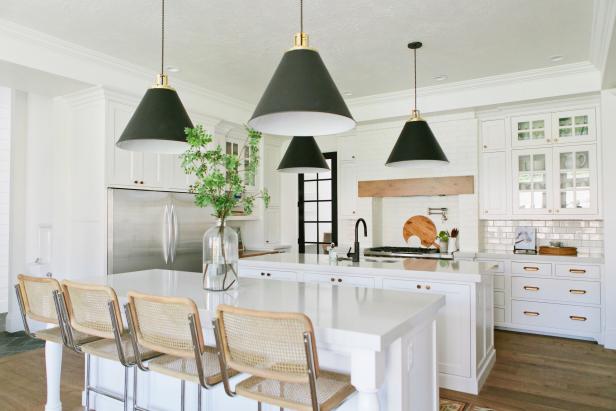
House of Jade Interiors
Try translucent fixtures: Rather than opaque fixtures, Whitehead says fixtures with a lens on the bottom hide the bulbs underneath while providing a glow.
Opt for different shapes: Beyond the traditional oval and circle fixture design, rectangular box-shaped lights and drum-shaped fixtures add interest to the kitchen.
Shed light on artwork: “We are seeing art being placed on the walls and recessed, adjustable fixtures lighting that art,” Whitehead says. As the kitchen becomes more of a living/gathering space for homeowners and as smart storage allows for more wall space, canvases, framed photographs and other pieces are being incorporated into the space.
Lighting is critical for bringing this artwork to life in a kitchen, as with any space in the home. He recommends recessed, adjustable low voltage fixtures to highlight artwork. The MR16 bulbs often used in these fixtures come in a variety of beam spreads. If the diameter of the art changes, a simple change of bulb will be all that is needed to illuminate the new art.
Give a glow to cabinets: Glass-front cabinets or open shelving with displays of pretty pottery or favorite china can be softly lit inside. “This creates more dimension and more of a glow at that level of your sightline in the kitchen,” Whitehead says. “And it creates a little more visual interest and depth.”
Include toe kick lights: Installing lights underneath base cabinets to illuminate the floor beneath adds ambiance and serves as a functional night light. “It allows you to walk in the kitchen after dark and see the floors without stumbling,” says Dross.
Hide some under-counter lighting: “By creating a groove beneath the lip of a countertop and installing lights in that groove, when you open dark drawers you can see inside,” Dross says.
58 White Kitchens That Are Anything But Vanilla 58 Photos
Bright, cheery and timeless, white remains the kitchen color of choice. And, it's easy to see why with this collection of traditional, modern, cottage and contemporary white kitchens that go way beyond boring.
How to Choose the Right Energy-Efficient Light Bulb
Equally important to choosing the right fixtures is pairing them with the right bulbs. Jeff Dross shares the three qualities to look for when selecting an energy-efficient light bulb.
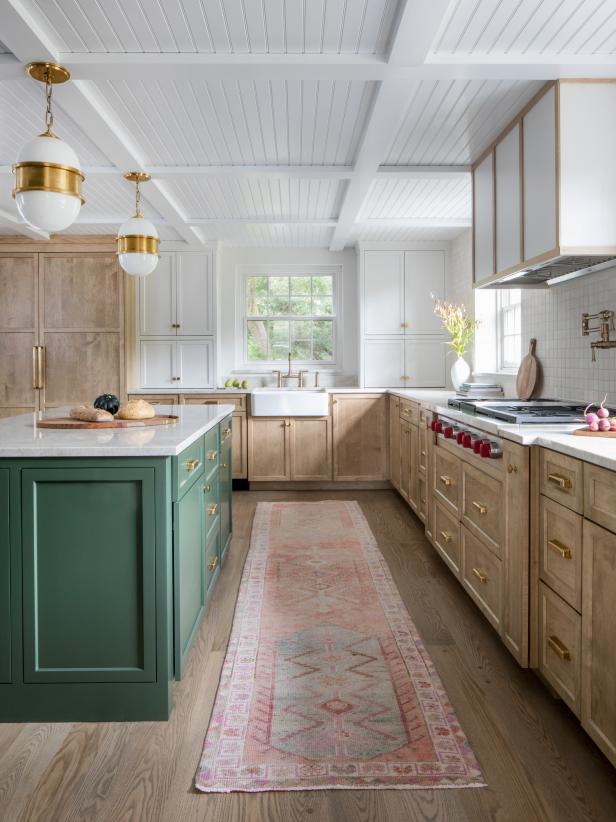
Raquel Langworthy Photography
1. Color temperature. Look for a bulb that is 2700 to 3000 Kelvin. “That is going to match the color temperature of incandescent lamping and it will blend well with the rest of your residential environment,” he says.
2. CRI rating. Color rendering index (CRI) is important because it is how color is interpreted. In other words, a low CRI light looks grayer. “The higher the CRI, the better you will see the colors rendered,” Dross explains. He recommends a CRI of 80 or higher.
3. Energy Star. This certification ensures that the light bulb went through longevity testing and has a minimum of 80 CRI.
Light Bulb Types
Learn about the different kinds of bulbs like incandescent, halogen, fluorescent and LED
Although, the initial cost of energy-efficient fixtures may be slightly higher than those that use traditional incandescent bulbs, keep in mind the true costs of higher energy consumption and more frequent bulb replacement when you're budgeting for lighting.
Top 36 Kitchen Paint Colors 51 Photos
From modern desert clay to sophisticated seafoam and everything in between, these top 20 colors will transform your kitchen.
Practical Tips for Lighting a Kitchen
Pair your lights with dimmers: As in any room in the house, the ability to adjust light levels in the kitchen is ideal. When cooking or cleaning up, a bright punch of illumination makes the job easier. For lingering over a meal and conversing, dimmed lights offer great ambiance. One dimmer in the kitchen won't do the trick, however. Make sure the design calls for separate dimmers for each type of lighting: task, ambient, accent and decorative.
Scale your decorative lighting: Decorative lighting should be considered in direct proportion to the size of your kitchen — the larger the space, the greater importance chandeliers, hanging pendants and other eye-catching fixtures play. "There are two major considerations when it comes to decorative lighting," Whitehead says. "You want to make sure that the scale of the fixtures is right for the space, and that the shade material has enough opacity to effectively hide the light bulb."
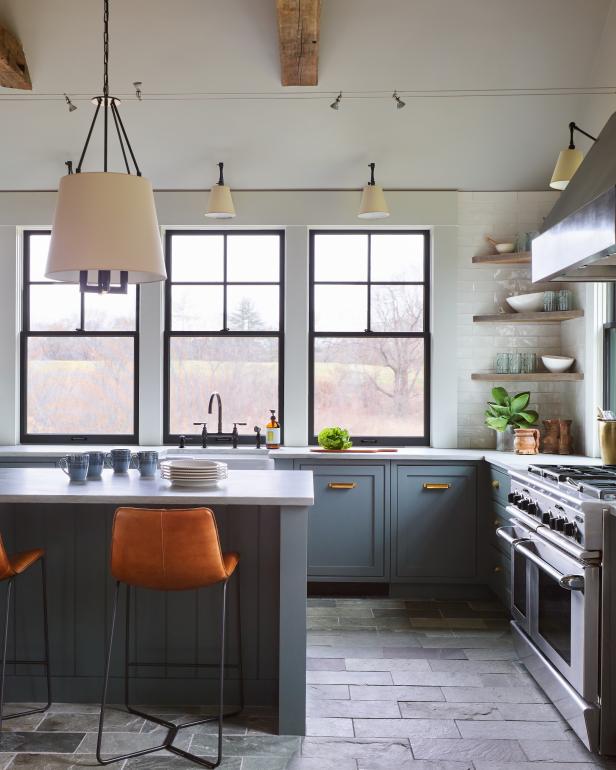
Jared Kuzia Photography
How to Cut Costs When Lighting a Kitchen
Set the mood with inexpensive dimmers: The idea behind a layered lighting design is to have a variety of light levels available at your fingertips. "Dimmers and switches are the most economical way to coordinate lighting levels," says Joe Rey-Barreau, director of education for the American Lighting Association. "For about $20 per layer, you're able to do most anything to modulate the mood and environment." Additionally, Randall Whitehead recommends implementing zones, wherein each layer of lighting is on a different dimmer for easy adjustability.
Install the infrastructure: Decorative lighting is the most expensive element of your lighting design scheme. If you're on a tight budget, Randall Whitehead recommends installing the infrastructure for decorative lighting — the junction box and/or recessed box in the ceiling — then, purchasing the actual fixture down the road. "Even if you don't have the budget for a series of pendants over the center island, at least install the three junction boxes [during the remodel]," says Randall. Then, once your budget allows, fixtures can be easily added to the kitchen.
20 Small Kitchen Makeovers You Won't Believe 53 Photos
See how our favorite designers transformed 20 small kitchens into gorgeous and functional spaces.
Splurge-Worthy Kitchen Lighting Ideas
Hire a lighting designer: If your budget allows, consider adding a lighting designer to your remodeling team (Visit the International Association of Lighting Designers website at www.iald.org to find a professional.) A lighting designer will study the kitchen's layout, as well as other elements of the design, such as ceiling height, natural light and surface finishes to determine the amount and placement of light needed in the space. If your budget doesn't allow for a lighting designer, Randall Whitehead's book, Residential Lighting, A Practical Guide, includes an extensive section on kitchens.
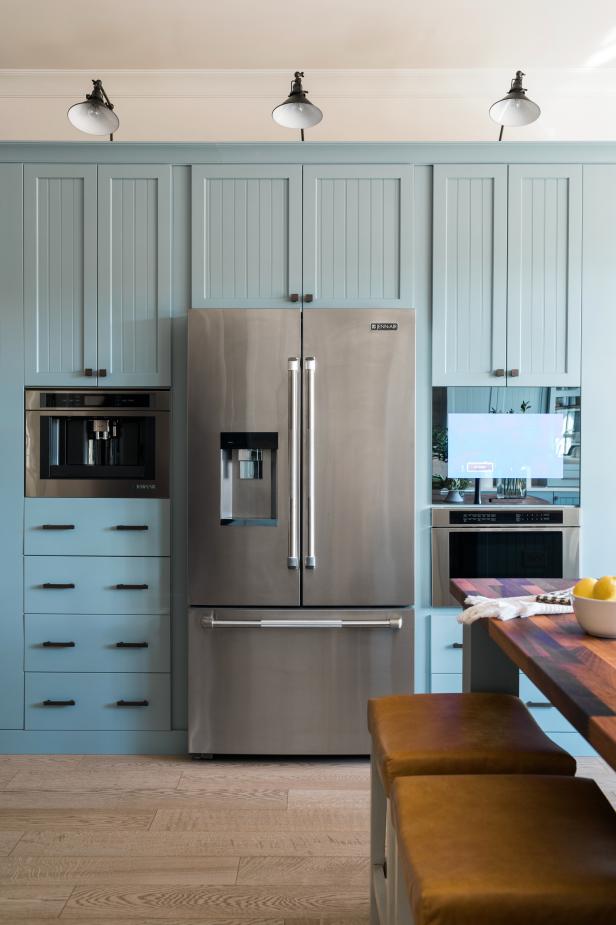
Robert Peterson; Rustic White Photography
Upgrade standard switches and dimmers: The drawback of ordinary dimmers and switches is that while it's easy for you to enter a room and tinker with the light levels, it's equally easy for children, grandparents and guests to take the same liberties. If your budget allows, you may want to consider a "scene" integration system that allows you to preset many different lighting levels, such as daytime, food prep, dinner and evening entertaining.
According to Rey-Barreau, a standard scene integrator that is hardwired into your electrical system and controlled by a switch plate with a limited number of scene choices will run under $1,000. Of course, more scenes and a higher level of technology are available — for a price.
Get “smart” with your lighting. Smart homes are the wave of the future. You can preset and administer lighting in all rooms of the house through one centralized computer network, all controlled by your phone or tablet. "The biggest advantage of smart systems is the high level of control," says Randall, who recommends this option for new houses, but cautions that it can be quite expensive for a remodel. "You can preset a large number of scenes and turn on lights in any room of the house from your car or your bedroom."
Just as the layers of lighting are combined in a variety of ways, so are the methods of controlling them. According to Randall, homeowners typically use four-scene presets in all of the main rooms, including the living room, dining room, kitchen and main bedroom. Standard switches and dimmers are usually used in the secondary rooms, such as children's bedrooms, bathrooms, the basement, playroom and the office. The best part is that your lighting options just keep expanding.




